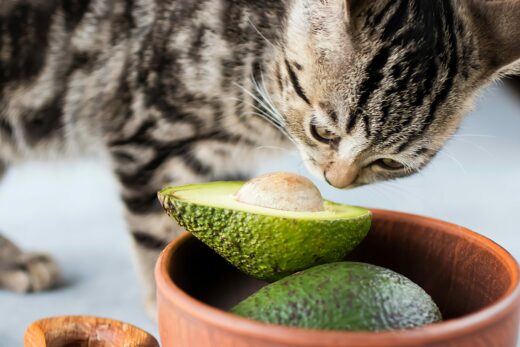
| I’ll never forget the first time I found a hairball on the floor. I freaked out, thinking it was a litter box accident until I picked it up with a tissue and realized it was a solid tube of fur! What causes these mysterious-looking fur logs? Are they normal? When should you be concerned? It’s time to take a look at hairballs and how they are a reflection of your cat’s health. |
What Are Hairballs?
Cats are fantastic groomers, thanks to tiny curved, hollow spines made of keratin on their tongues called papillae. These little spines are perfect for working out knots and dislodging dirt from a cat’s fur.
They also deposit saliva all over the body and work it down to the skin to help control body temperature. While cats are licking themselves, the papillae on their tongue will grab loose fur, which is then swallowed. Most fur is then passed through the GI tract, unprocessed, and eliminated in a cat’s stool (yes, seeing fur in your cat’s poop is healthy AND normal).
However, sometimes, the fur clumps together in the stomach, forming a wad that is too big to pass through to the intestines. Eventually, this wad is vomited up, and by passing through the esophagus, it transforms into a log shape. That is a hairball, also known as trichobezoar.
Normal or Problematic
A cat having a hairball every now and then is usually normal and not cause for concern. The frequency is up for debate, so talk with your vet about what they think is normal for your cat. (For reference, my cats have a few hairballs a year.) Keep in mind you’re more likely to see furballs when cats are shedding their winter coats before the summer.
You can often help decrease the overall frequency of hairballs by:





